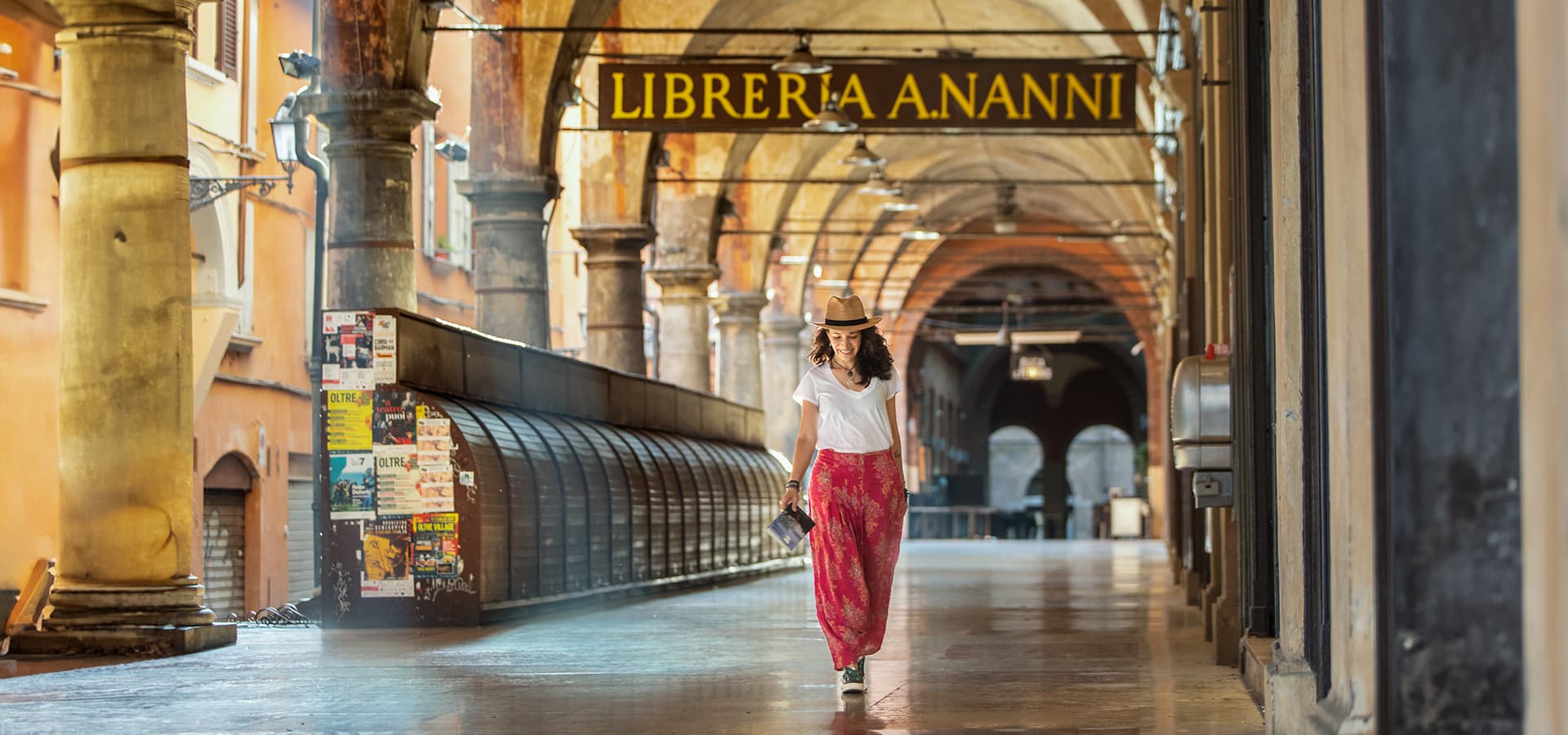It’s not for nothing that most stories covering Bologna are food-focused. The medieval gem is the capital of what is arguably the most important culinary constituency (Emilia-Romagna) in arguably the most coveted country to eat (Italy), a maniacally gastro-focused region that has given birth to an unrivaled menu of world-renown Italian specialties.

Pizza hails from Naples, but many of Italy’s other worldwide staples were born and bred in Emilia-Romagna, including Parmigiano Reggiano cheese, balsamic vinegar, lasagna, prosciutto di Parma, mortadella, tortellini, and tagliatelle al ragù. (Please don’t call it spaghetti Bolognese—spaghetti is not a thing here). The fact that Bologna is a wonderful place to eat cannot be denied or ignored, but there’s far more to Italy’s seventh biggest city than what’s for dinner. Between meals, put on your stretchiest pants and immerse yourself in some of the city’s remarkable culture.
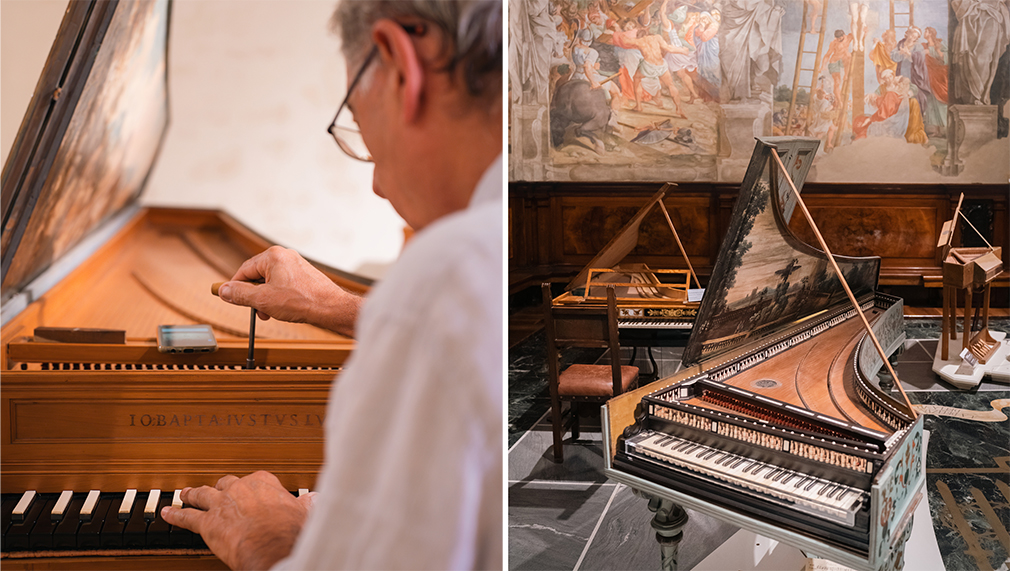
Unesco Creative City of Music
It’s not well-known beyond Italian circles, but Bologna’s rich musical history earned it Unesco Creative City of Music status in 2006—one of only two in Italy, the other being Pesaro. Mozart studied at the Accademia Filarmonica di Bologna, founded in 1666 and one of the most renowned musical institutions in Italy and Europe. The encyclopedic hoarding of one of its members, a Franciscan friar named Giovanni Battista Martini, is on display at the incredible Museo Internazionale e Bibilioteca della Music di Bologna, which chronicles six centuries of European musical history. Less daunting but equally fascinating is the boutique-y San Colombano Collezione Tagliavini museum, home to 80 some-odd ancient musical instruments, many of which date to the 1500s and are considered extinct. Chilean curator-slash-musician Catalina Vicens can play them for you amid gorgeous, unearthed frescos in a restored 6th-century church. In short: It’s fabulous. Lastly, Bologna’s musical prowess is not limited to antiquities. Casa di Lucio Dalla, the eccentric Bologna home of one of Italy’s most prized singer-songwriters, is a must-see fantastical musical funhouse that has been frozen in time since his death in 2012.
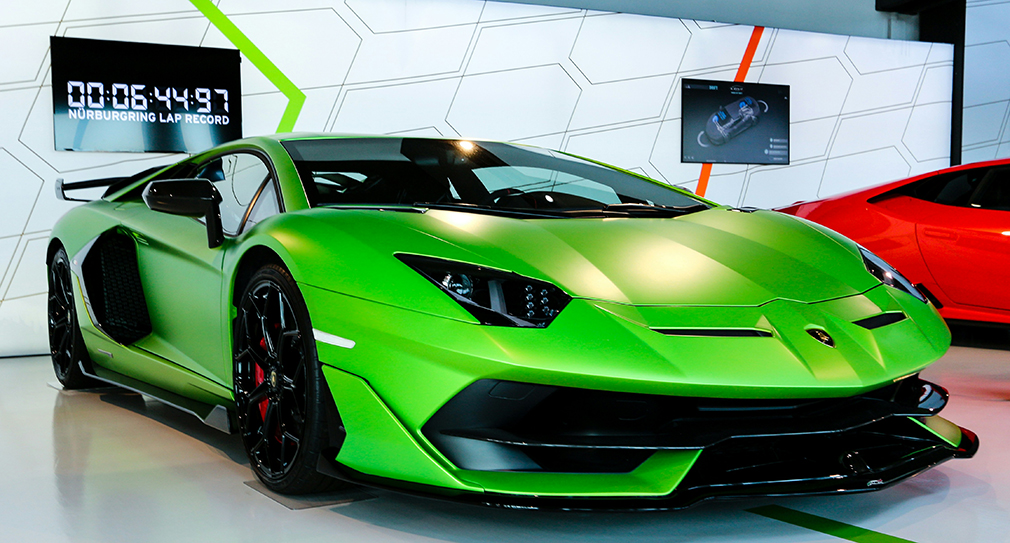
Get Your Motor Runnin’ in Motor Valley
Together with Modena, its rival city 23 miles to the northwest, Bologna is home to Italy’s Motor Valley, the most incredible congregation of luxury supercar and motorsport manufacturers in the world. Ferrari, Lamborghini, Ducati, Maserati, Pagani—it’s a literal who’s who of the world’s most famous motor vehicle brands, all within a 25-mile radius. On the Bologna side, Museo Ducati dissects the high-end motorcycle brand’s voyage from humble vacuum tubes to exquisite design and lavishness on two wheels. In Sant’Agata Bolognese, 16 miles northeast of the city, the Automobili Lamborghini Museum showcases the luxury sports car’s history and innovation. (Fascinating factory tours of the assembly room floor are also available.) For enthusiasts of cars, motorsports, or Italian design—or all three—it’s unmissable.
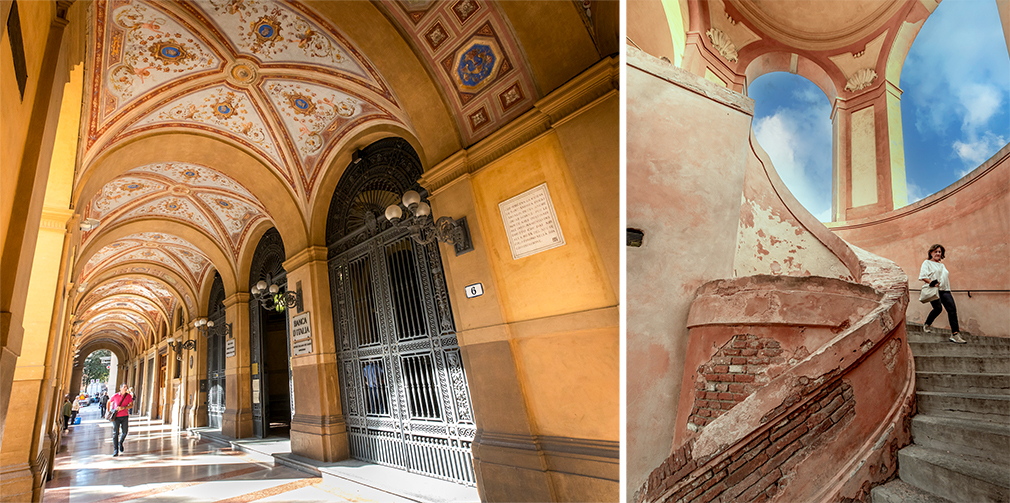
Unesco-listed Porticoes
Bologna’s distinct arched arcades aren’t merely a wonderful respite from a rainstorm. They are also one of the world’s most unique architectural feats, unraveling under centuries-old buildings and spanning nearly 40 miles across the city. Bologna’s porticoes were granted UNESCO World Heritage status in 2021 and for good reason: Wandering the city’s most notable covered galleries reveals an arsenal of architectural styles—Medieval, Gothic, Renaissance—that date back to the 12th and 13th centuries. In some cases, they constitute a living museum (such as the frescoed portico at Piazza Cavour). Bologna Welcome offers a guided city tour, but you can get lost in them on your own, including tackling the world’s longest portico: the 2.4-mile, 664-arched arcade leading up to the Sanctuary of the Madonna di San Luca on a hilltop above the city.

Medieval Might, Cinematic Feats & More
Bologna’s most iconic medieval attraction is the leaning (and climbable) Asinelli Tower. It’s known collectively with its further leaning and unclimbable neighbor, the Garisenda Tower, as Le Due Torri (The Two Towers). The latter’s tilt proved too dicey in late 2023 when it was closed indefinitely for stabilization works. The city boasts plenty of other Middle Age attractions to enjoy, however. For a similar tower view (including one of Le Due Torri themselves), head up the 13th-century Torre dell’Orologio (Clock Tower) at Palazzo Comunale. (Get tickets via Bologna Welcome.) Nearby, the Teatro Anatomico (Anatomical Theater), elaborately carved from spruce, dates to the late 1600s and once hosted medical dissections for students at the world’s oldest university.
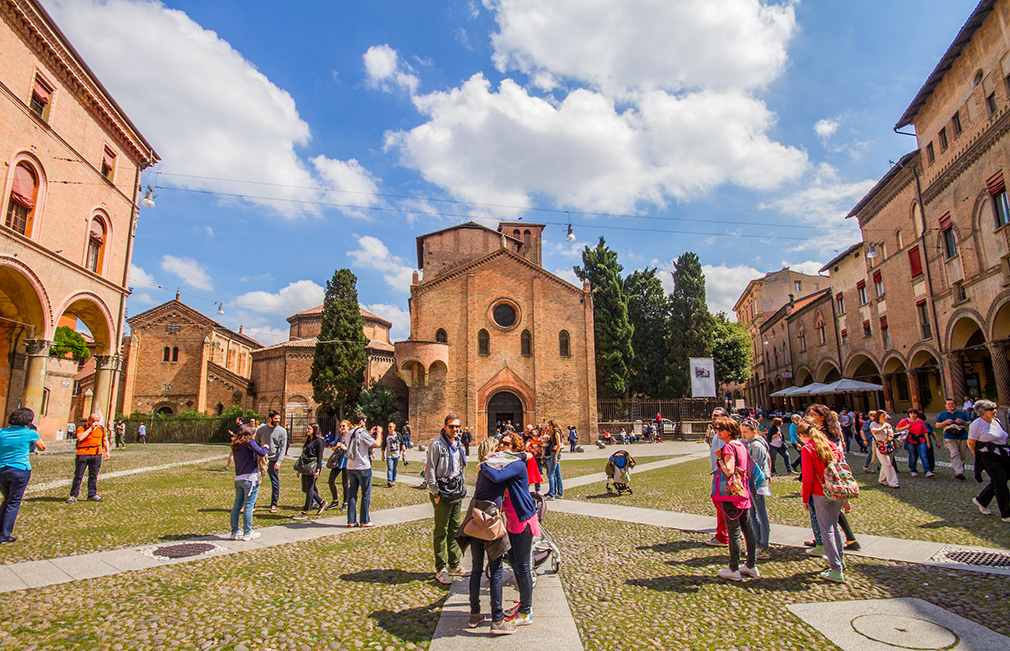
Bologna’s most important religious site, the Basilica di Santo Stefano, is a trippy, labyrinthine collage of interlocking ecclesiastical structures that date from the 4th to 13th centuries. Four of the original seven churches making up the complex remain intact. Wandering from one to the next is like architectural time travel, as you take in Romanesque, Roman, and Lombard features along the way. It dominates the southeast end of one of the city’s prettiest piazzas, Piazza Santo Stefano, lined with wonderfully atmospheric wine bars and cafes, perfect for an evening aperitivo.
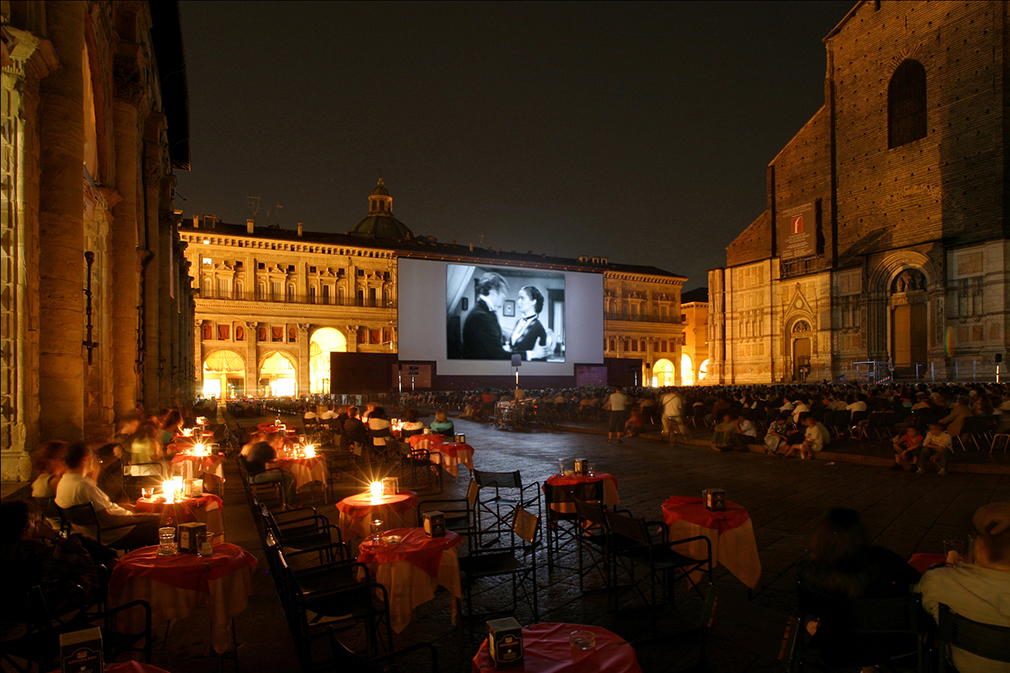
Another of Bologna’s best-kept secrets is its close ties to modern cinema. L’Immagine Ritrovata, part of the city’s revered cinema foundation, Cineteca di Bologna, is one of the world’s most important cinema restoration laboratories. Every summer, Cineteca sponsors Sotto le Stelle del Cinema. During the event, the city’s main square, Piazza Maggiore, becomes an outdoor cinema for nightly movie showings on Europe’s largest outdoor projection screen. (Pro tip: Book ahead!) Another Cineteca project, the underground Cinema Modernissimo, is also a unique spot for movie lovers. It dates to 1915 but was restored and reopened in late 2023 under a Desigual shop.

OK, OK … Eat Your Heart Out!
I mean, you gotta eat, right? Take a gander at the city’s medieval market area, the Quadrilitero, to whet your appetite by ogling local specialties. Think bricks of Parmigiano Reggiano cheese; lines of artisanal tortellini and tortelloni meticulously arranged in colorful, military-like formations; and 110-pound casings of mortadella hanging from the rafters. For an impromptu intro to everything Bologna does well, the no-reservations Sfoglia Rina is hard to beat. It features daily-changing menus of both classic and innovative takes. For fiercely traditional dishes, All’Osteria Bottega and Trattoria Bertozzi are favorites, the latter located just outside the tourist center and therefore unpolished by the influences of tourism. For heartier highland takes on the regional cuisine, Trattoria di Via Serra specializes in Emilia-Romagna’s mountain fare. For Michelin-starred perfection, the unpretentious Trattoria da Amerigo in the nearby village of Savigno is a detour-worthy culinary pilgrimage with shockingly affordable prices.




